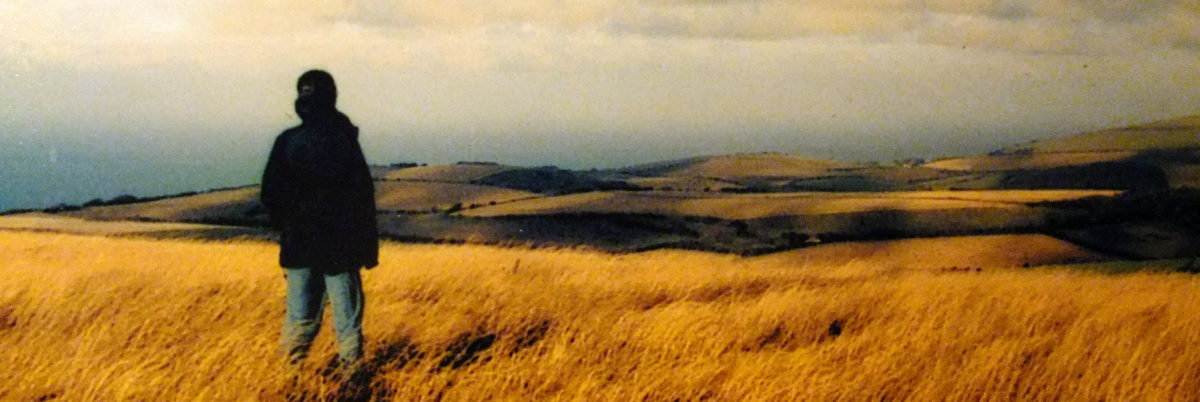A broad swath of the United States will be briefly darkened next Monday afternoon. It will be a full solar eclipse for thousands of people and a partial eclipse for thousands more. My home is within the strip of 90% darkness, and, like many others, I’m looking forward to experiencing this rare event.
It is easy to forget that it’s the moon’s dance through the sky that will block our light. The sun will be shining as usual! Whenever the moon is directly between the sun and the earth, the sun is eclipsed somewhere on earth. And what we see of that moon throughout the month – full moon, new moon, or in between – depends on how much the sun illuminates it, and how much our earth gets in the way. What a dance it is!
In fact, the relationship of the moon with the sun and earth plays a bigger role in our calendars than we usually notice. Many religious holidays change their dates according to the appearance of the moon in the sky. In the western Christian tradition, Easter is the first Sunday after the first full moon following the spring equinox. Passover is always around the time of the full moon in the Hebrew calendar. Then there is Holi, the Hindu festival of colors, on the date of the first full moon between February and March. And Ramadan lies in the ninth month of the Islamic lunar calendar and lasts a full lunar month, beginning with one crescent moon and ending with the festival of Eid al-Fitr at the following new moon.
This year we celebrated an early Easter (thank the moon), and now there’s an eclipse coming (thank the moon again). This stately dance of interweaving celestial beings is fascinating to learn about. And, with science at my fingertips, I’m not afraid of it! People many centuries ago found the mystery of a darkened daytime sky terrifying, but, when the sky darkens in the middle of the afternoon next Monday, I won’t fear an angry God or think the world is ending.
Perhaps that’s why the Bible recounts that the sky turned dark for several hours while Jesus was on the cross. This darkened sky was no eclipse. (Jesus’ crucifixion occurred at Passover, a time of full moon when an eclipse can’t occur.) I believe that the terror and dread associated with an eclipse was probably the strongest statement the Gospel writers could include in their account of the day. It was truly a time of despair and fear for those who had been touched by Jesus.
In many ways, Jesus’ crucifixion and resurrection are echoed in the process of an eclipse. The sun is gone, – or should it be “the Son is gone”? – and there is darkness and desperation, fear and panic. And then the light returns again! People rejoice and hope! Whether it is the sun or the Son of Man, we feel the presence of light again. This is truly an Easter event.
Therefore, as we celebrate the resurrection of sunlight after the eclipse next week, may we also honor the living presence of the Son in our lives. May we remember that the Presence of the Christ Spirit throughout the world depends on our choosing to glow with the Light.
In an eclipse, the sun, moon, and earth follow the ancient steps of their ordered ancient dance. But we humans participate in an even more amazing dance. Like the moon dancing with the sun and reflecting its light, we humans are invited to move in harmony with the Divine One and reflect Divine Light.
This Light can illumine the earth and its peoples with a love brighter than anything the sun can produce. May we join in.
If this reflection has spoken to you, please pass it on to others.



Thank you, Nancy.
Happy 2024 Eclipse!
Dave
Thanks for writing, Dave! I hope you, too, have a rich experience with the eclipse.
Nancy
I am glad you wrote this post because I learned a lot about solar eclipses and will be looking to the one coming next Monday! Thank you also for reminding us how we can reflect the most divine light of all.
I found it fascinating to learn about eclipses—and the interweaving of the sun, moon and earth. Light is so important to us—for our bodies, minds and spirits. Thank you for writing! Nancy